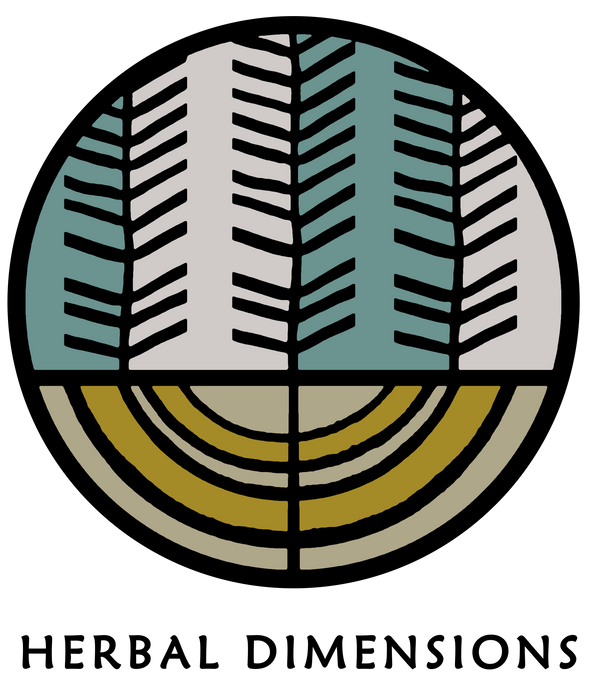Herbaldimensions.com
Skullcap (Sculetellaria laterifolia)
Skullcap (Sculetellaria laterifolia)
Couldn't load pickup availability
Share
Common Name: Skullcap
Botanical Name: Scutellaria laterifolia
Family: Lamiaceae
Origin:
Part: Leaf & Stems
Form: Shredded
Skullcap (Scutellaria lateriflora) is a perennial herb native to North America, renowned for its calming and restorative properties. This member of the mint family (Lamiaceae) thrives in moist meadows, along shaded stream banks, and in woodland areas. Skullcap features slender, toothed leaves and delicate spikes of tubular, hooded flowers in shades of pale blue to violet, which bloom during the summer months. The above-ground parts of the plant are traditionally harvested while in flower.
Skullcap has long been valued for its role as a nervine tonic, traditionally used to support relaxation, soothe the nervous system and promote sleep. The herb is also appreciated for its use in addressing mild muscle tension and has found popularity among those seeking natural ways to unwind at the end of a busy day.
It is commonly used as a herbal tea or made into tincture. It is often combined with herbs such as Passionflower and Chamomile, also known for their calming properties.
Suggested Use:
A typical dosage is 1-2g, taken three times daily as a tea (infusion), and left for 10-15 minutes.
Precautions:
Skullcap is generally considered safe with no common adverse reactions, but an overdose can lead to confusion and stupor. If pregnant, breastfeeding, or using other sedating drugs or herbs, please consult a qualified herbal practitioner before use.


